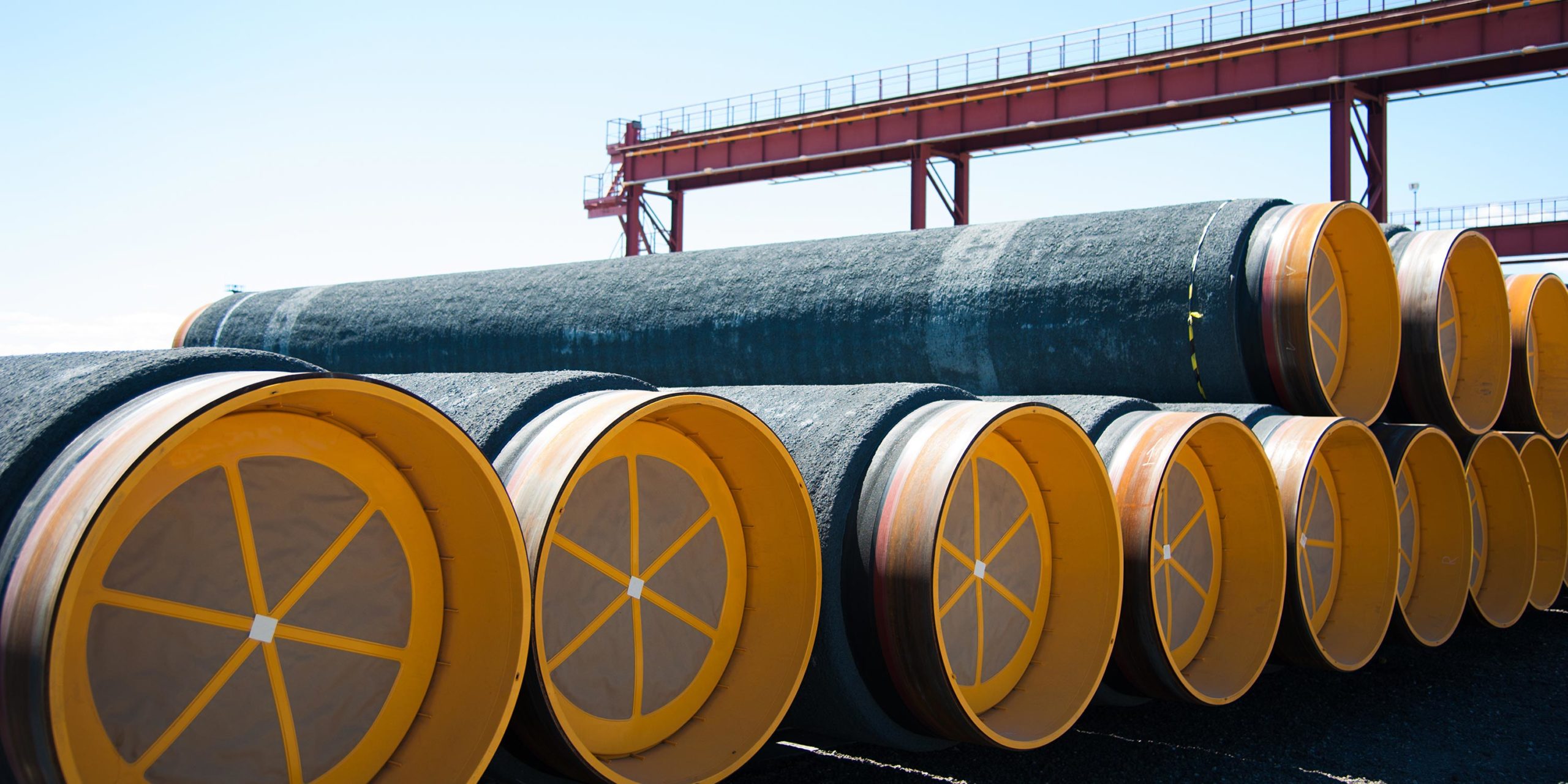Douglas-Westwood (DW) forecasts subsea hardware expenditure to total $94.3 billion (bn) between 2016 and 2020, with a 3% CAGR (Compound Annual Growth Rate) over the forecast period. Expected expenditure growth for subsea hardware has been tempered by the prolonged low oil price, causing a 19% decline in expenditure compared to the 2011-2015 period.
Report author, Mark Adeosun, commented, “SURF and pipeline spend will be high, accounting for over 67% ($63bn) of the forecast expenditure. Over 37,500km of SURF and pipelines will be installed over the next five years, supporting subsea vessel utilisation levels towards the end of the forecast period. However, it’s pertinent to note that the pipeline market is dependent on a handful of mega projects. Therefore, cancellations or delays will negatively impact market size over the forecast period.
While all regions will be adversely affected by low oil price, expenditure will be driven by Africa, Asia and Latin America. These regions will account for a combined 47% of total subsea hardware expenditure over the forecast period. In the near-term, projects that were sanctioned before the oil price downturn as well as major pipeline projects will support expenditure over the next five years.
Over the forecast period, deepwater basins will grow in importance, representing 48% of subsea hardware spend – an 8% increase compared with the 2011-2015 period. Beyond the traditional deepwater basins, fast track development plans for large deepwater fields such as ENI’s Zohr gas discovery in the Mediterranean Sea off Egypt and ExxonMobil’s Liza discovery off Guyana will support deepwater expenditure in the latter years of the forecast period”.
Research Director and Editor, Steve Robertson, concluded, “the continued lack of new subsea orders has led to backlog levels declining at an uncomfortable pace. Stagnating market conditions will cause a further trough in subsea hardware expenditure during the 2017-2018 period. This is the consequence of numerous projects that have been cancelled or deferred owing to their economic unviability. Despite the negativity caused by the prolonged low oil price, subsea hardware remain a critical option for future developments, as new reserves are discovered in remote and deepwater basins.
Furthermore, increase in development plans ensued spending constraints, causing operators to call for fresh bid tenders. provides opportunities for OEMs (Original Equipment Manufacturers) that were originally left out to turn in pre-qualification documents. This will further increase competition and drive down the cost on projects, enabling project sanctioning despite the downturn”.
Despite sustained low oil price, 2016-2020 Subsea Hardware Expenditure to total $94.3 Billion




